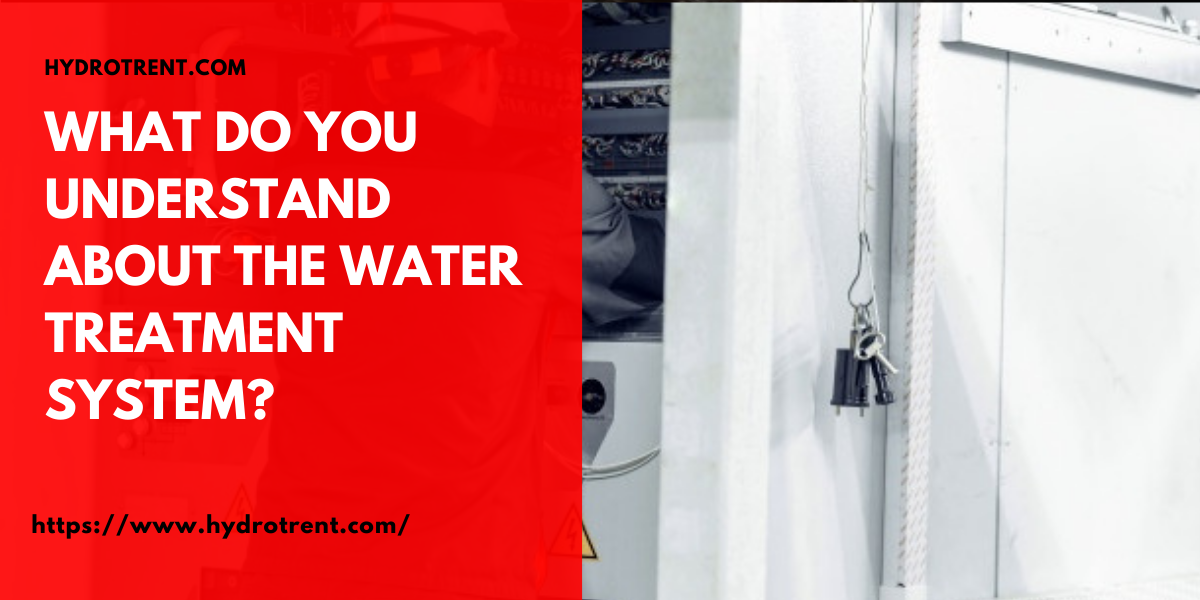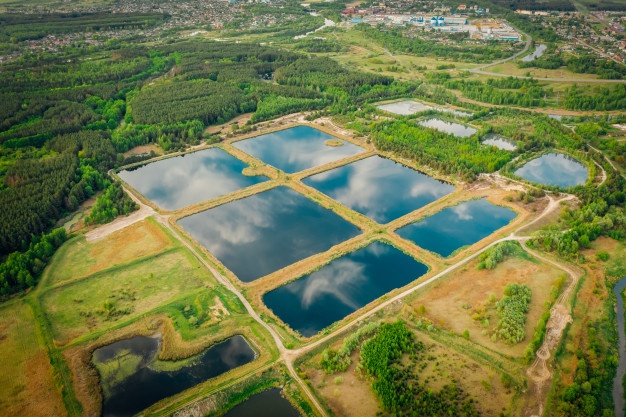Sewage treatment is a practice that can help save water worldwide. Treating wastewater is important to save the environment, humans and animal life. Sewage usually comes from households, dishwashers, toilets, sinks, bathrooms, factories, and industrial units.
Wastes usually contain hazardous substances for living things and nature that include chemicals, food waste, oil, polluted water, and some pollutants that endanger life on a regular basis. These ingredients prove to be toxic and deadly to the environment. When wastewater is deposited into rivers, ponds, and natural bodies of water such as oceans and oceans, it has a profound effect on the health of fish and other marine animals.
How do wastewater treatment plants work?
The first process of treating water is flocculation. This is a starting technique for cleaning wastewater that really strengthens the contaminants so that they are easily removed. The next process is the filtering process; it is an old method of removing harmful substances from water. It has four space filter filters that eventually filter the water making it a step towards purer and cleaner water.
The drying process begins as opposed to flocculation and filtration. It helps in removing water instead of solid waste particles from the water. The advent of water technology is one of the best water recycling companies that treat wastewater with the help of incredible cleaning techniques.
For more information about Water Treatment Plants Automation, please visit https://www.hydrotrent.com/









